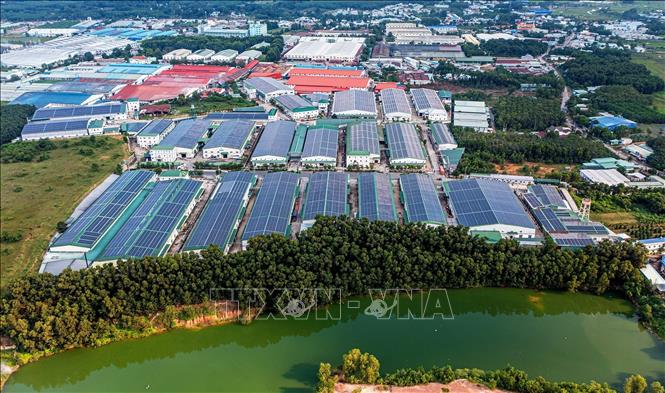
Industrial scale expansion
After the merger, Ho Chi Minh City has recorded 64 export processing zones and industrial parks in operation with a total area of over 24,200 hectares, of which Binh Duong has 12,000 hectares, Ho Chi Minh City has 4,200 hectares and Ba Ria - Vung Tau has 8,000 hectares. This is a major turning point, not only significantly expanding the space for industrial development but also solving the problem of land scarcity, which has long been a limitation of Ho Chi Minh City.
In the post-merger context, Ho Chi Minh City focuses on restructuring existing industrial parks towards modernity and sustainability. Specifically, Tan Tao Industrial Park (formerly Binh Tan) is oriented towards applying advanced technology, improving land use efficiency, and converting part of small-scale production facilities into green parks, trade services and high-tech industry. Tan Binh Industrial Park is also adjusted to a high-tech model, gradually reducing small-scale production, prioritizing services for residents.
According to Avison Young Vietnam, in the third quarter of 2025, industrial real estate activities in Ho Chi Minh City continued to remain stable with an average occupancy rate of about 90% and industrial land rental prices remaining at 243 USD/m2/term.
Recently, during a working session with the leaders of the Ho Chi Minh City People's Committee, Mr. Horst Pudwill, Chairman of Techtronic Industries TTI Group, said that the group is planning to expand the production activities of the Milwaukee factory in the Ho Chi Minh City High-Tech Park (SHTP). This is considered a positive signal, contributing to affirming the city's attractiveness to high-tech investors.
At the same time, existing industrial parks such as Tan Binh, Tan Tao, Hiep Phuoc and Tan Thuan Export Processing Zone continue to record stable demand, especially from enterprises manufacturing components, electronics, textiles and logistics. Ho Chi Minh City also increases foreign direct investment (FDI) in strategic areas such as semiconductors, AI and biomedicine, notably plans to put into operation a plasma biological product production project and prepare to launch a number of semiconductor projects at the Ho Chi Minh City High-Tech Park.
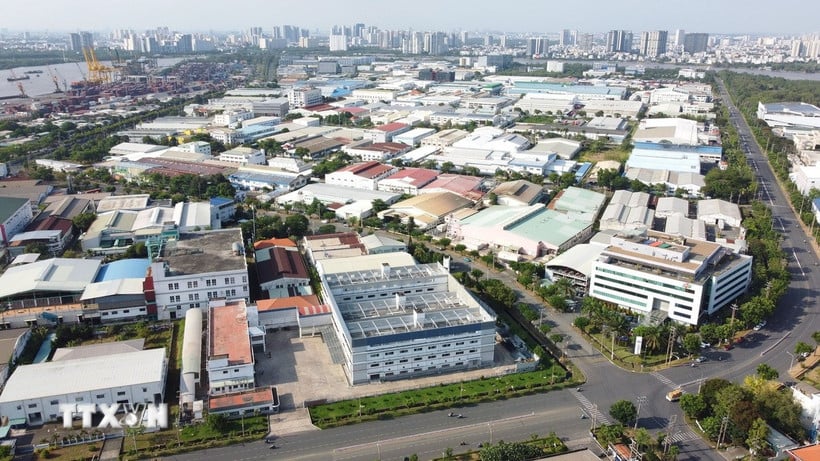
According to Avison Young Vietnam, investment capital is increasingly focused on high technology, showing a clear shift in Ho Chi Minh City's industry towards high value-added sectors; at the same time, FDI capital flows are focused on strategic sectors such as semiconductors, AI, and biomedicine, affirming the trend of industrial shift towards high value-added sectors.
Enhancing position in global value chain
The new Ho Chi Minh City and the resonance with the new Tay Ninh ( Long An , Tay Ninh) and the new Dong Nai (Dong Nai, Binh Phuoc, with Long Thanh international airport) create a connection that both promotes the strengths of each locality and creates overall strength for the entire Southeast region. At the same time, the new structure in the development of industrial parks and export processing zones within Ho Chi Minh City, with the exploitation of the advantages of seaports and logistics, and the resonance of industrial production, thereby enhancing the position of the key southern region in the global value chain.
In the coming period, Ho Chi Minh City will focus on completing the list of priority projects to attract investment, especially in the fields of international transit ports, innovation centers, research and development, new materials, clean energy, semiconductors, chips and high-tech batteries. The city will also promote major projects such as the International Financial Center, urban railway projects, the Thu Thiem - Long Thanh railway line, logistics centers and housing development programs. Based on Resolution 98/2023/QH15 regulating the piloting of a number of specific mechanisms and policies for the development of Ho Chi Minh City, the city will proactively prepare in terms of planning, land and procedures to create the most favorable conditions for investors.
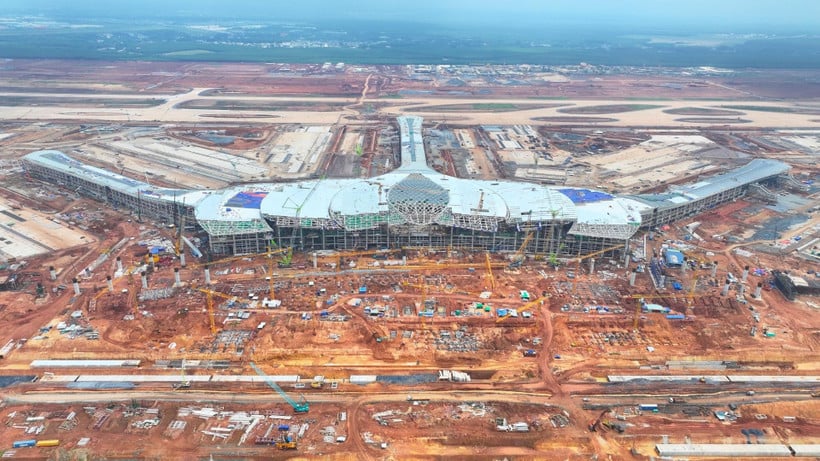
On a broader scale, according to economic experts, the merger of localities and the streamlining of the administrative apparatus are expected to create stronger growth poles, optimize resources and enhance competitiveness. In particular, Ho Chi Minh City after the merger is forecast to become the largest economic center in the country, leading FDI capital flows and focusing on large-scale infrastructure investment.
The development of transport and logistics infrastructure continues to be an important catalyst for the industrial real estate market. Key projects such as Long Thanh airport and the North-South expressway, along with the boom in e-commerce, are driving the demand for modern warehouses, distribution centers and logistics systems. This synchronization not only supports industrial production but also strengthens Vietnam's competitive advantage.
For industrial real estate, this process paves the way for the planning of large-scale industrial-urban areas, increasing land funds, avoiding industrial land scarcity and becoming more attractive in the eyes of international investors. According to experts from Savills Vietnam, Vietnam's industrial real estate market is entering a period of strong growth, led by high-quality FDI capital flows and the strong development of high-tech industries such as semiconductors and data centers. The government prioritizes the construction of green, smart, modern industrial parks and issues preferential policies for high-tech projects, attracting large corporations such as Intel, Amkor, Hana Micron, NVIDIA and CT Group. This not only affirms Vietnam's position in the global supply chain but also opens up strong demand for specialized industrial parks.
With political stability, a strategic location in the heart of Southeast Asia, competitive labor costs, deep integration into the global supply chain and a commitment to improving infrastructure, Vietnam is meeting most of the criteria of the new generation of industrial tenants. Mr. Thomas Rooney, Deputy Director, Industrial Real Estate Services Savills Vietnam, commented that the Vietnamese market is recording clear shifts and similarities with the world trend in rental demand, evidenced by the fact that tenants are prioritizing factors of flexibility, savings and sustainability.
Strategies such as “Friend-shoring”, which focus on moving production and trade activities to countries with close political and economic ties, often friendly allies or partners, are expected to bring many practical benefits to Vietnam, especially in attracting foreign direct investment and increasing demand for modern industrial spaces. “This trend will also promote the development of domestic supply chains, thereby improving competitiveness and creating innovation momentum across the industry,” Mr. Thomas Rooney emphasized.
Source: https://baotintuc.vn/bat-dong-san/tp-ho-chi-minh-bat-dong-san-cong-nghiep-gia-tang-du-dia-phat-trien-20251023121406398.htm



![[Photo] Prime Minister Pham Minh Chinh meets with South African President Matamela Cyril Ramaphosa](https://vphoto.vietnam.vn/thumb/1200x675/vietnam/resource/IMAGE/2025/10/23/1761226081024_dsc-9845-jpg.webp)
![[Photo] President Luong Cuong holds talks with South African President Matamela Cyril Ramaphosa](https://vphoto.vietnam.vn/thumb/1200x675/vietnam/resource/IMAGE/2025/10/23/1761221878741_ndo_br_1-8416-jpg.webp)
![[Photo] Prime Minister Pham Minh Chinh chairs meeting on railway projects](https://vphoto.vietnam.vn/thumb/1200x675/vietnam/resource/IMAGE/2025/10/23/1761206277171_dsc-9703-jpg.webp)


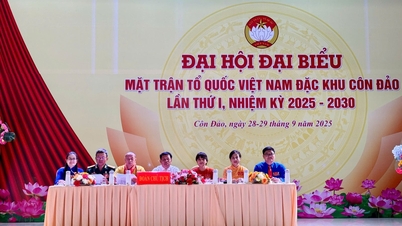
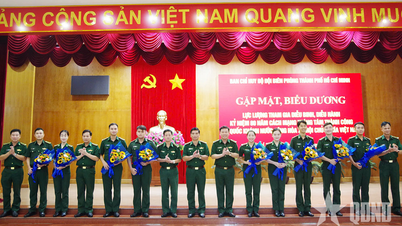


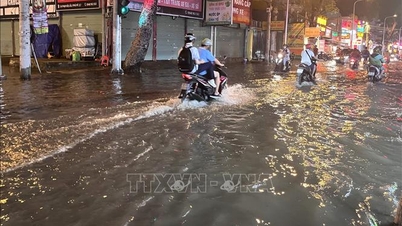
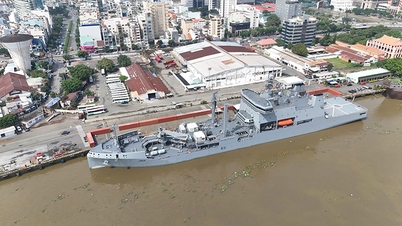
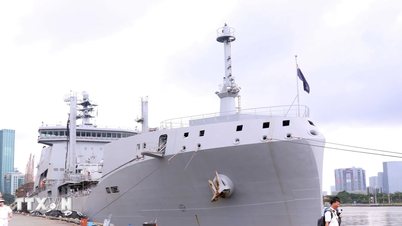

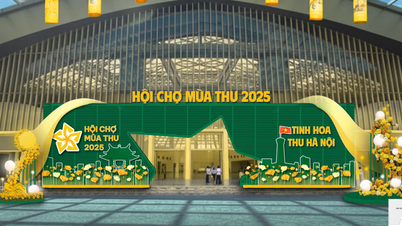
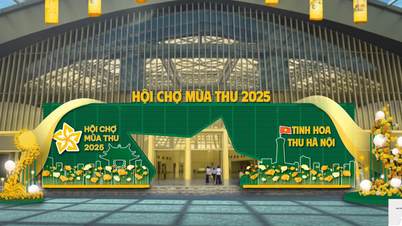
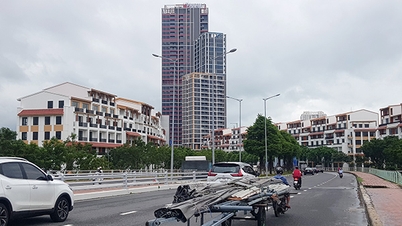

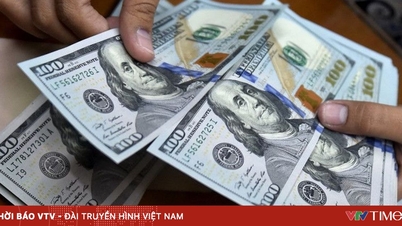

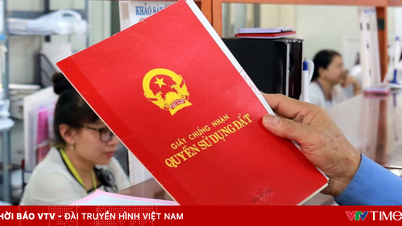





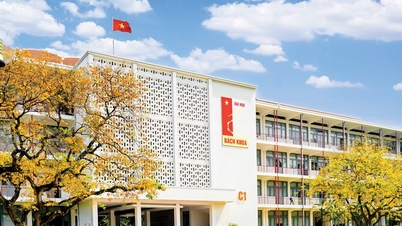
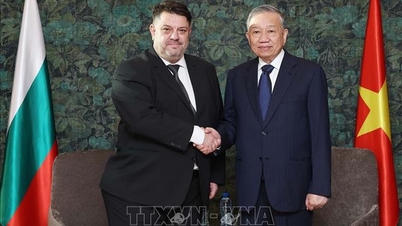

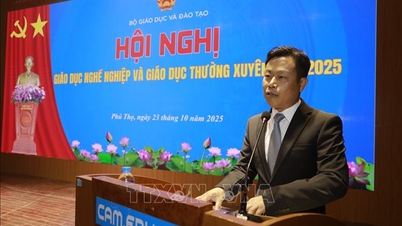
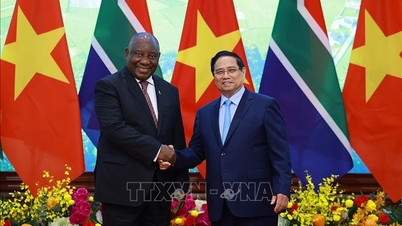
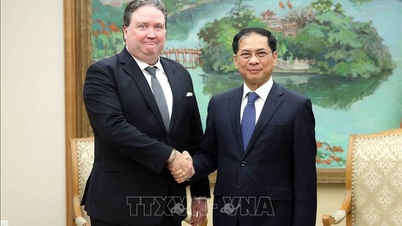











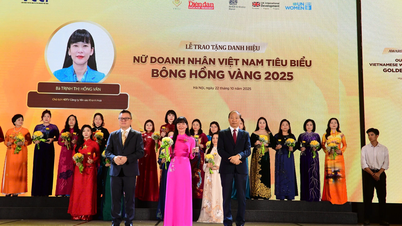

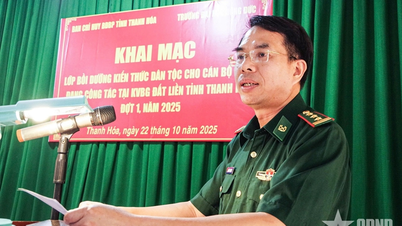


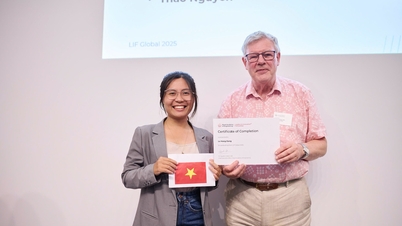



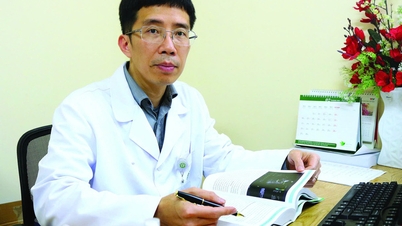

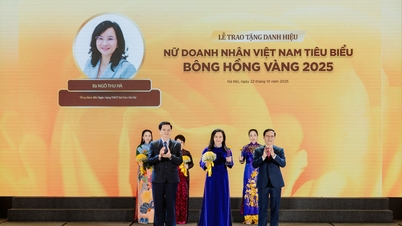

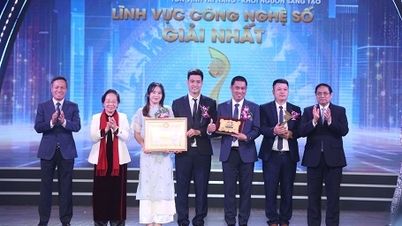
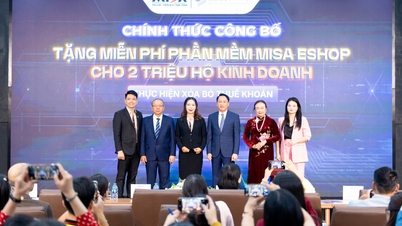

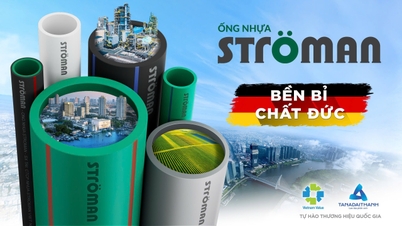
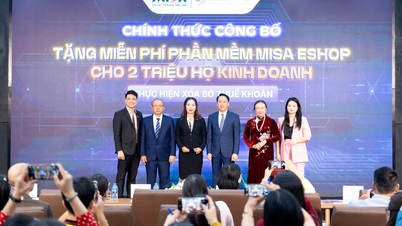







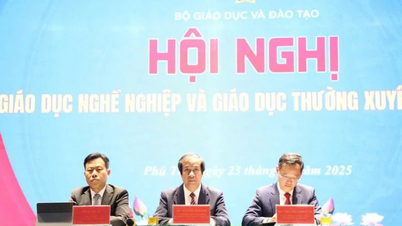

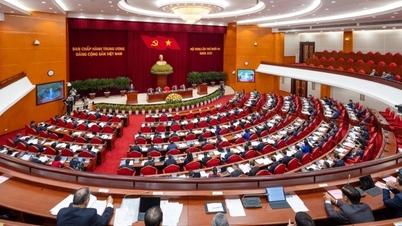

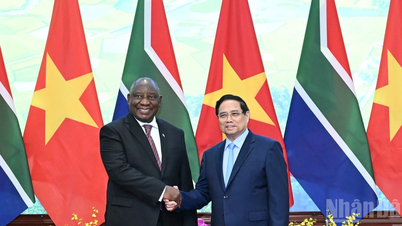
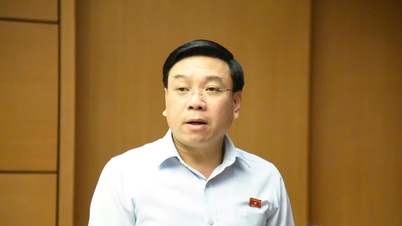

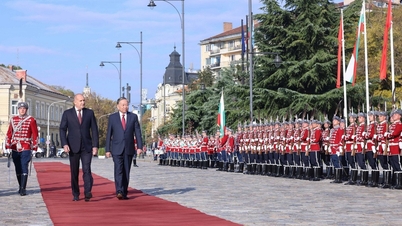

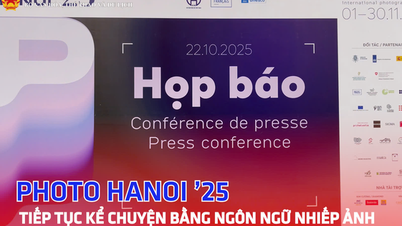

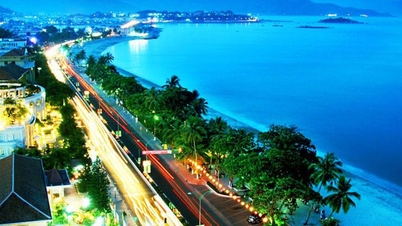
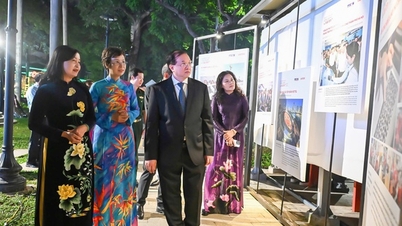
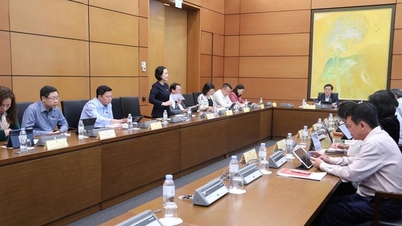
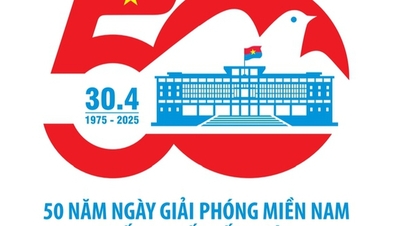
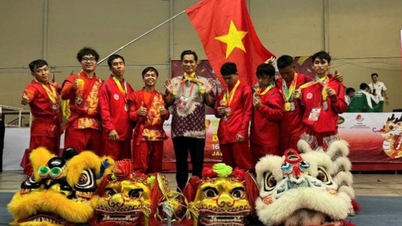
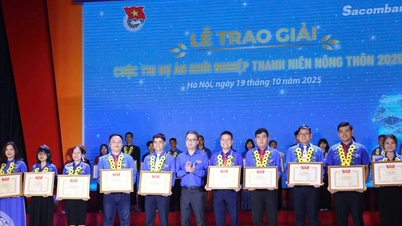
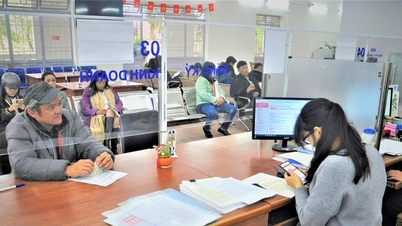
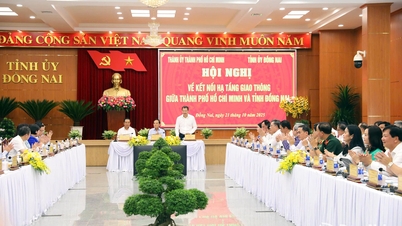

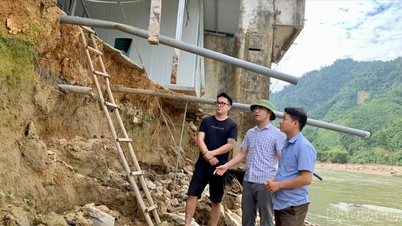


















Comment (0)